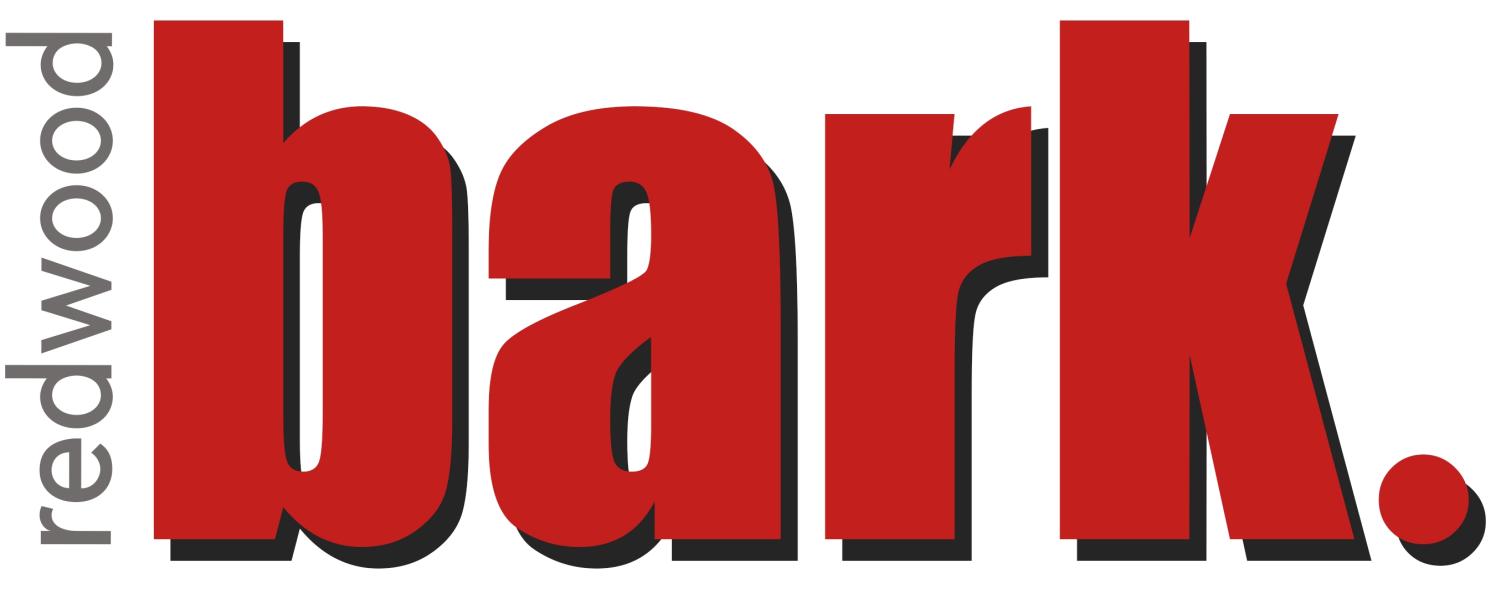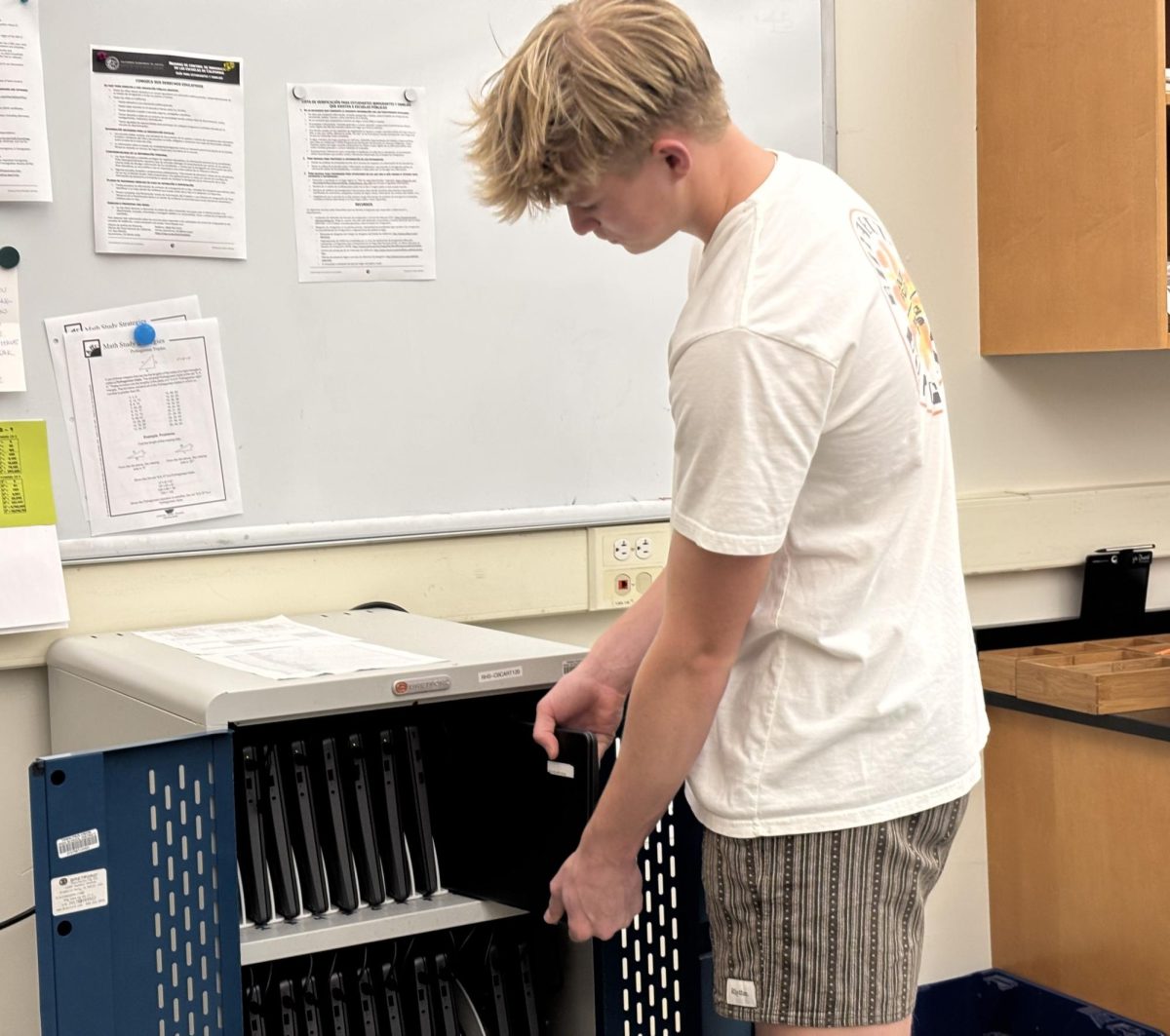For the first time in U.S. history, intersectionality has been written into law. On Sept. 27, 2024, Governor Gavin Newsom signed Senate Bill 1137, a landmark bill that amends multiple sections of California’s Civil, Education and Government codes to formally recognize intersectional discrimination. This term refers to the idea that overlapping identities — such as race, gender or religion — can create distinct forms of bias that are not fully understood when considered separately. The bill, reinforced statewide as of 2025, requires schools and employers to evaluate discrimination not only by individual identity categories but by how those identities interact.
The law’s potential impact resonates with students who see it as a meaningful step forward, including senior Sara Hernandez.
“Honestly, I do think [the bill] is helpful,” Hernandez said. “Younger generations have powerful voices, but older generations, with what they’ve faced in the past, [may not know what to do when faced with discrimination. This law] especially helps them.”
In the Tamalpais Union High School District (TUHSD), the importance of this legislation is apparent. The district’s 2024 Youth Truth survey indicated that LGBTQ+ students experience harassment and bullying at more than twice the rate of all other students. Notably, this survey was framed around intersectionality.
For some students, intersectionality highlights the complexities of having identities that are not always visible or easily understood. An anonymous source, who will be referred to as Alex, shared that being a part of the LGBTQ+ community and a Baptist Christian has led to unique challenges.

“I’ve faced backlash in queer communities for being Christian,” Alex said. “Sometimes, the [minority] within the minority becomes what’s [targeted]. I think an intersectionality amendment would help cover those bases.”
Alex noted that the fear of discrimination once led them to hide personal details — even avoiding being seen with their partner at work. While new legislation aims to protect against discrimination, it may still be difficult to speak out.
“I’m now trying to get hired by a bigger organization because they have more laws in place to protect [against] discrimination. I’m not worried when they ask me what my pronouns are,” Alex said. “I just hope that students or people in the job market who are intersectional feel more comfortable bringing up issues they face. But in reality, I do think speaking up against discrimination, especially when you are in a minority, is just difficult in the first place and it goes unanswered.”
Hernandez shared how identity can shape perception and pressure in schools.
“At the start of high school, I tried to act as Latina as I could, but it didn’t feel right. When I lived in my country, I just acted [like] myself, but here, it was like I was putting on a performance,” Hernandez said. “There was one day I wore [larger hoop earrings] and people treated me differently. Even one of my friends said, ‘That’s not really you… you don’t dress like that.’”

The new law also pressures institutions — like schools — to address discrimination more actively. TUHSD senior director of Diversity, Equity, Inclusion and Belonging Catherine Flores reported that the district has prioritized this work for years.
“[We’ve made] concerted efforts to raise consciousness about this in everything we do,” Flores said. “It is exciting, wonderful and timely to see the state of California name and adopt legislation on this important aspect of their anti-discrimination laws.”
Still, students remain cautious, noting a disconnect between messaging and meaningful change.
“There aren’t a lot of people of color on the board. They say they want to listen to us, but there are students who have strong voices that aren’t being heard and it would be great if [the district] used their [feedback],” Hernandez said.
The district continues to expand its inclusion efforts, seeking new ways to support all students and create a more equitable environment.
“We are always in conversation about how to ‘level up’ our work,” Flores said. “Although it’s March, we’re already discussing what we’d like to implement next year for professional development.”






![“[The Scotty Lapp Memorial Skatepark signifies that] Scotty’s energy, fun vibes and spirit will live on forever,” Jason Lapp said.](https://redwoodbark.org/wp-content/uploads/2025/03/346E3938-2C25-4CBB-9D6B-0ED4BD4A242A_1_105_c.jpeg)
